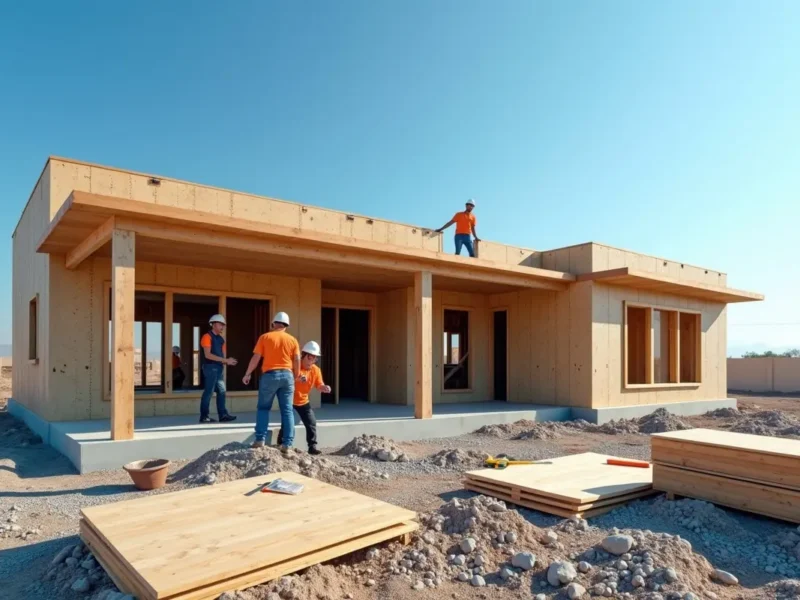Landscape planning is crucial when creating outdoor spaces that guard your privacy without compromising beauty or ecological balance. Done thoughtfully, it provides a sense of seclusion and serenity in both residential and urban contexts. With strategic site analysis, plant selection, and layout considerations, you can enjoy a personal retreat while supporting local biodiversity.
Contents
The Importance of Sustainable Landscaping for Privacy
One of the key aims of sustainable landscaping is to build a natural screen that nurtures the environment while shielding your property from prying eyes. Thick rows of shrubs, tall trees, or layered garden beds can serve as an attractive barrier, especially when thought out with sustainable development goals in mind. By considering environmental planning and urban design in the process, you create a living fence that also promotes healthier air quality, conserves water, and offers a habitat for beneficial wildlife.
Focusing on sustainable techniques helps address issues such as biodiversity management, natural resources management, and the reduction of your ecological footprint. When you align privacy-focused goals with the broader scope of environmental sustainability, your outdoor spaces become more than just a private hideaway—they transform into part of the natural tapestry that benefits both people and the planet. This approach, known in many circles as ecological design, weaves aesthetic appeal together with functional solutions.
Balancing Privacy and Ecosystem Services
Ecosystem services ensure that your privacy plantings work harmoniously with nature. Strategically placed trees and shrubs help clean the air, stabilize soil, and filter runoff. They also create shelter and food sources for pollinators and small animals. While it might be tempting to choose the fastest-growing species available, it’s vital to remember that a well-thought-out horticulture plan includes a variety of plant species that complement each other. This maintains a balanced environment that welcomes wildlife, manages pests naturally, and provides robust protection for your property line.
Evaluating Your Site for Optimal Layout
Before deciding on how to space your trees or where to install retaining walls, take the time for a thorough site analysis. Mapping the terrain’s natural slopes, identifying areas prone to excess water, and assessing soil types guide your future decisions. GIS mapping can be a valuable tool here, helping you visualize your land’s contours and plan for green infrastructure features in the right location.
Zoning regulations often dictate where certain plantings or structures can be placed. During your site review, check local guidelines to ensure that new trees or fences meet the height restrictions or setback requirements. Such foresight helps prevent disputes with neighbors and keeps any potential renovations lawful. Coordinating with urban planning authorities can also ensure that your project aligns with broader land use planning initiatives and regional planning goals.
Site Analysis for Urban Planning
Urban green spaces play an essential role in city environments where privacy can be harder to achieve. Here, spatial planning identifies pockets of land that can be converted into green infrastructure, whether as community gardens, pocket parks, or buffer zones between residential and commercial areas. Conducting an environmental impact assessment guarantees that these projects positively influence the local ecosystem, rather than creating unnecessary disruptions. This holistic viewpoint enriches your privacy-driven layout with elements of urban design that accommodate both people and nature.
Enhancing Privacy with Strategic Plant Selection
Smart plant selection determines how effectively you can shield your property from view while maintaining visual interest year-round. Dense evergreen varieties like arborvitae or cypress can create a living wall, while flowering shrubs like hydrangeas or lilacs add seasonal color to the barrier. In gardens that require more subtle partitions, ornamental grasses can form swaying screens that diffuse lines of sight.
For ultimate success, consider plants that thrive in your climate and soil conditions, focusing on regionally adapted species. This not only reduces maintenance labor but also supports local biodiversity. Once you figure out what works well in your area, place taller trees toward the perimeter, mid-height shrubs closer to living areas, and shorter plants near pathways or patios. This layered approach adds visual depth, making your landscape design look larger and more cohesive.
Microclimate and Maintenance Factors
Microclimates influence plant health and growth rates. Sun exposure, wind direction, and soil moisture levels all affect how well your privacy plantings establish. Observe your yard’s natural conditions, then group plants with similar needs together so that irrigation is targeted and efficient. By refining your watering practices, you advance environmental sustainability goals and cut down on over-consumption.
Maintenance can become a challenge if you select high-upkeep species. Pruning, fertilizing, and watering large hedges frequently can drain resources over time. Look for low-maintenance natives that need less fertilizer or fewer pesticides. Healthy pruning routines also ensure that your green fence doesn’t become too bulky or overshadow key areas of your yard.
Hardscape Design and Other Innovative Solutions
Privacy doesn’t have to rely solely on vegetation. Hardscape design elements—such as fences, walls, or screens—supplement plantings effectively. In small gardens, stylish panels of wood, lattice, or stone can shield seating areas, offering a cozy nook hidden from busy streets. If you live in an environment where environmental sustainability is paramount, consider reclaimed materials that minimize your project’s carbon footprint.
While hardscape does provide an instant barrier, it can be softened with plantings that climb or drape over it. Climbing vines like ivy or jasmine add both fragrance and lush texture, breaking up the monotony of a stark wall. Combining greenery and hardscape merges functionality with aesthetic design, achieving seclusion without creating a fortress-like atmosphere.
Integrating Retaining Walls and Drainage
When working with varied terrain or steep slopes, retaining walls address both privacy and erosion control. Placed carefully, they level off areas for planting while also providing a buffer zone for neighbors or busy roads. These walls play a critical role in land management by stabilizing soil and preventing landslides during heavy rain. Opt for materials that fit your garden design themes, whether it’s natural stone, modular blocks, or concrete.
Alongside retaining walls, drainage solutions are crucial in preventing water from pooling around roots. French drains or permeable paving ensure that excess water is directed away from your privacy plantings. This synergy of structural and horticultural know-how enhances landscape architecture and offers resilience against unpredictable weather. Good water management is a cornerstone of sustainable landscaping, ensuring that your efforts to maintain privacy don’t harm the local ecosystem.
Long-Term Land Management Considerations
As your yard matures, your perspective on privacy might change. Younger families may benefit from enclosed areas for small children, but later may wish to open up the space for entertainment or recreation. Land use planning doesn’t end once you’ve dug the final hole for your trees—it’s an ongoing process of monitoring, adjusting, and refining your landscape. Routine inspections reveal if certain species outgrow their allocated space or if some areas could be repurposed.
Staying informed about local regulations also matters. Zoning regulations may evolve, especially in growing cities that adopt new guidelines for green infrastructure or spatial planning. Communication with regional planning bodies helps you stay aligned with future developments and fosters a sense of community stewardship.
Embracing Landscape Restoration and Adaptation
Over time, certain plants age out, or environmental changes may require replanting with more resilient species. Landscape restoration isn’t just about bringing back lost features—it’s also a chance to adapt and innovate. Whether you’re swapping out vulnerable species for drought-tolerant varieties or opening areas to form new outdoor spaces, regular stewardship keeps your yard relevant and efficient.
When properly planned, ecological design dovetails with your privacy goals to enhance soil fertility, conserve water, and keep your yard teeming with beneficial insects. Incorporating green infrastructure into your property—such as rain gardens or bioswales—further fortifies your yard’s resilience. Even small interventions, like swapping a portion of your lawn for a wildflower meadow, can improve habitat diversity while continuing to shield you from the outside world.
By weaving these strategies into your overall approach, you lay the groundwork for an outdoor environment that ages gracefully. Your privacy measures evolve, supporting not just your household’s immediate needs but also the larger ecological fabric surrounding you. This synergy of horticulture, hardscape design, and mindful land management ensures that you and future generations can enjoy a space that is both private and vibrant.



